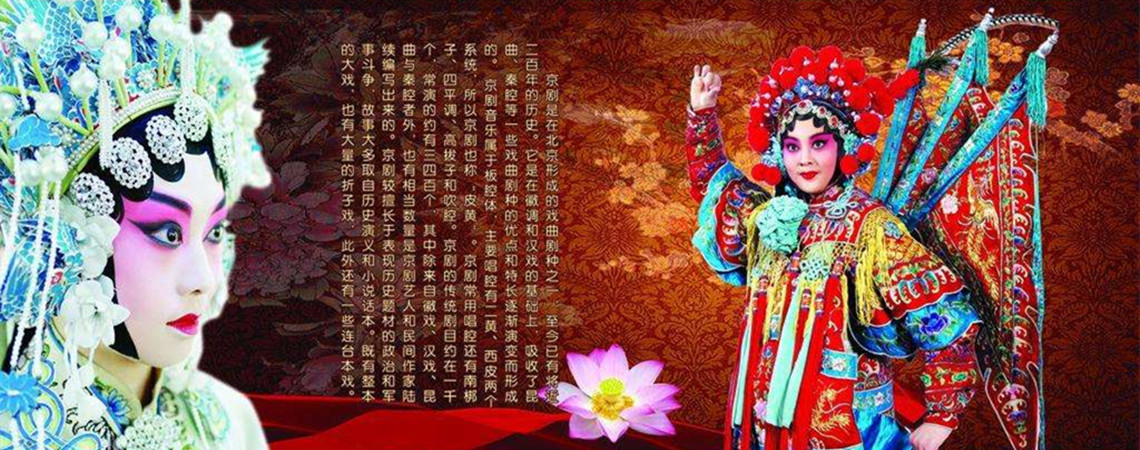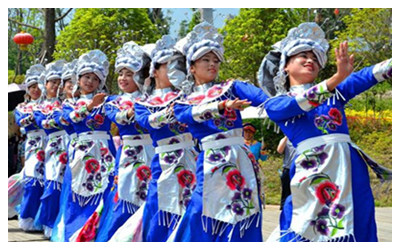Skype: neodalle-travel
Tel: +86 135 7447 2266
E-mail: sales@visitaroundchina.com

 Salang Dance, meaning to sing and to dance, is a folk dance of Qing,Yi and Tibetan ethnic poeple for self-entertainment. It is featured by the circling movements of the body, which represents the charm of both singing and dancing.
Salang Dance, meaning to sing and to dance, is a folk dance of Qing,Yi and Tibetan ethnic poeple for self-entertainment. It is featured by the circling movements of the body, which represents the charm of both singing and dancing.
In the beginning, men and women stand in two lines. They sing a song in the round. After the song, a male dance expert leads others to form a circle. When the rhythm turns quick, and the leader accelerates his steps and alters actions. He treads heavily while continuously crossing his feet or spins from left to right. Men and women like to compete with each other, creating a heated atmosphere.
During the climax, the males shout out "Yah-Wei" and the females respond with "Xue-Wei" at an end. Then they change the song and start again.
Ancestors of the Qiang ethnic group were called the Qiang people. They contributed much to primitive farming and animal husbandry. It was the Qiang people who created the farming and husbandry culture Suitable to the plateau.
Later, the Qiang people integrated gradually with modern nationalities and their culture was passed down by Tibetan, Yi and Qiang ethnic groups. Few Qiang dances were left, but those that remain relate to the plateau. of these dances, the "Salang" is the most popular.
 Ask Questions ?
Ask Questions ?